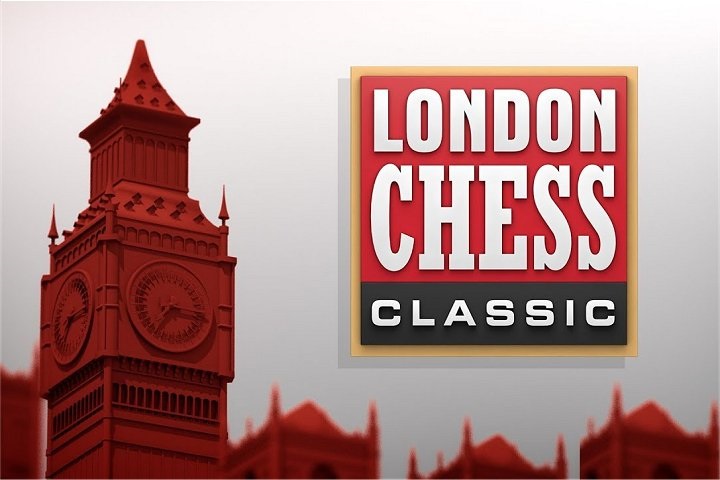Is Caruana still motivated?
Fabiano Caruana said after Game 12 of the match that he "doesn't care about the money", but there's a lavish prize fund at stake in London all the same, with USD $120,000 awaiting the winner. Moreover, there's a chance for him to take the top Elo-rating spot away from his rival Magnus Carlsen, who claimed a few years ago that being World Number 1 means as much to him or more than being World Champion. So perhaps that is enough motivation all by itself! Thirteen players in total started the GCT, but only the top four qualified for the tournament in London. Carlsen played only in the Sinquefield Cup, so he was never in the running for the GCT title this time around.
The players
Alongside Caruana are Hikaru Nakamura, Levon Aronian and Maxime Vachier-Lagrave comprising the "final four" at the London Chess Classic. Caruana secured his place at the Sinquefield Cup after a tie-break against Wesley So.
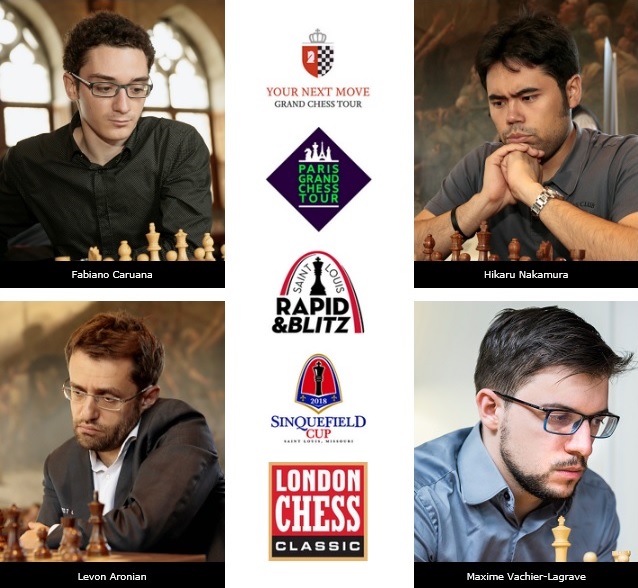
Photos: LondonChessClassic.com
Standings of the Grand Chess Tour (before London)
Four stages of the Grand Chess Tour 2018 have already been completed: Rapid / blitz tournaments in Leuven, Paris and Saint Louis, and the classical Sinquefield Cup, also in Saint Louis. That yielded the following table:
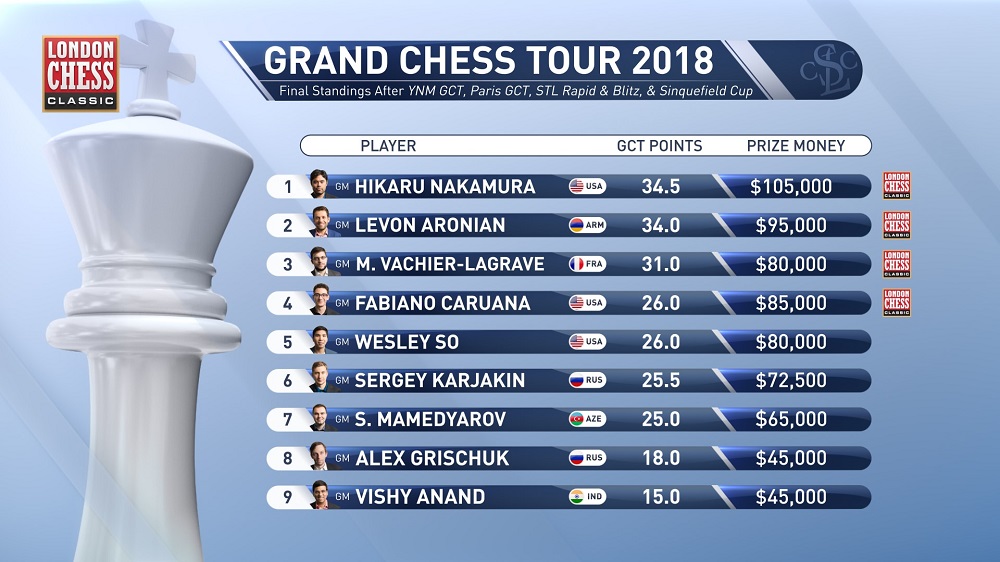
Caruana beat So in a rapid playoff
The rules
This year's "Classic" uses a completely new format, first announced exactly one year ago: the four players compete in a semi-final, then the two winners will then go to the final, while the losers play in a match for third place. In the semi-finals, the leader of the Grand Chess Tour meets fourth place in the standings and second place plays third. The draw for colours took place at the Players Meeting on the evening of Sunday, December 9th. Thus, the pairings (as seen above) after the drawing of lots are:
- Caruana vs Nakamura
- Vachier-Lagrave vs Aronian
In each case, the first named player will have White in Classic Game 1 and will have Black in Rapid Game 1 and in Blitz Games 1 and 3.
First, two games of classical chess are played with six points awarded for a win and three points for a draw. This is followed by two rapid games in which there are four points for a win and two points for a draw. Finally, there are four blitz games, with two points for a win and one point for a draw. In total 28 points will be awarded in the three disciplines and so 15 are sufficient to win mini-match. All games will be played. In the unlikely event that the match is tied, a single sudden-death ('Armageddon') game will determine the winner.
So, there is actually a scenario in which Caruana could win the classical chess portion of the match against Nakamura, thereby becoming World Number 1, but then suffer a similarly disastrous rapid result as in the World Championship against Carlsen and then go on to lose the blitz and not reach the final!
The time controls are as follows (NB: delay, not increment is in use!):
- Classical: 100 min / 40 moves, 60 mins for the rest of the game, plus 30 second delay from the 1st move
- Rapid: 25 min. / Game, plus 10 sec. delay
- Blitz: 5 min. / Game, plus 3 sec. delay
Complete LCC regulations (PDF)
The prize fund
The London Chess Classic prizes (in order of place)
- USD $120,000
- $80,000
- $60,000
- $40,000
For some perspective, Caruana earned roughly USD $410,000 from the prize fund of his match with Carlsen (after FIDE's 20% deduction but before any federal or state taxes).
The schedule (all times in UTC)
- Tuesday, December 11th, 14:00: Semifinals Game 1
- Wednesday, December 12, 14:00: Semifinals Game 2
- Thursday, December 13, 14:00: Semifinals Rapid & Blitz
- Friday, December 14th: Rest day
- Saturday, December 15, 14:00: Final Game 1
- Sunday, December 16, 14:00: Final Game 2
- Monday, 17th December, 14:00: Final Rapid & Blitz
The first three days are held at the London headquarters of Google DeepMind. The final games will take place at the traditional home of the London Chess Classic at the Olympia Conference Centre.
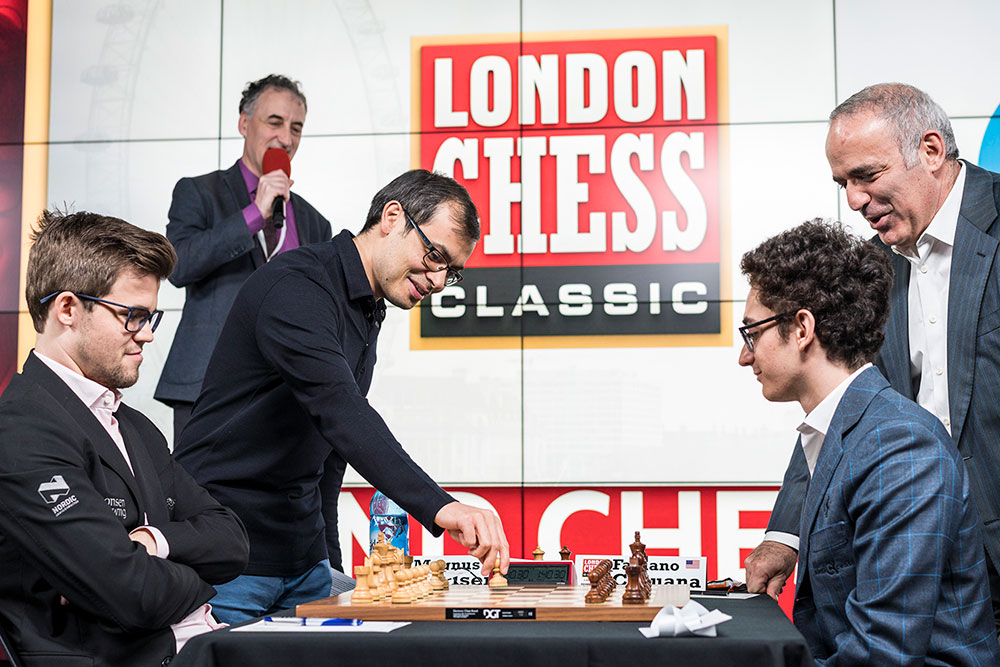
At DeepMind HQ in 2017, Demis Hassibis made the first move for Carlsen against Caruana, just days before the AlphaZero news broke
Live games and commentary
As usual, ChessBase will carry the live games and the official commentary which will be available in English with GM Yasser Seirawan, WGM Jennifer Shahade, GM Maurice Ashley, GM Cristian Chirila and GM Alejandro Ramirez (on-site in London), but also in Russian with GM Peter Svidler and GM Evgenij Miroshnichenko.
British Knockout Championship
England's Olympiad squad — Michael Adams, David Howell, Gawain Jones and Luke McShane — all advanced through a tough quarterfinal stage to qualify for the British KO Championship semifinals.
Michael Adams defeated Simon Williams in the second classical game after the "Ginger GM" went for a speculative piece sacrifice in the Najdorf.
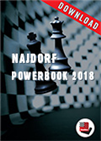 The Najdorf Powerbook 2018 is based on an incredible 3.2 million games! The lion's share is provided by the engine room on playchess.com, with the addition of 72,000 games from human experts.
The Najdorf Powerbook 2018 is based on an incredible 3.2 million games! The lion's share is provided by the engine room on playchess.com, with the addition of 72,000 games from human experts.
White has a promising position and Williams decided not to just sit idly by while Adams closed in, but 17...Nxb2 was too much of an investment, after 18.Kxb2 d5 19.Nd4 (incidentally 18...Qc5 is parried by Nd4 as well) White holds all the trumps.
 Endings with rook and minor piece against rook and minor piece occur very frequently, even more often than rook endings, yet there's not much literature on them. This endgame DVD fills this gap. The four different material constellations rook and knight vs rook and knight, rooks and opposite coloured (and same coloured ) bishops and rook and bishop vs rook and knight are dealt with. In view of the different material constellations Karsten Mueller explains many guidelines like e.g. "With knights even a small initiative weighs heavily".
Endings with rook and minor piece against rook and minor piece occur very frequently, even more often than rook endings, yet there's not much literature on them. This endgame DVD fills this gap. The four different material constellations rook and knight vs rook and knight, rooks and opposite coloured (and same coloured ) bishops and rook and bishop vs rook and knight are dealt with. In view of the different material constellations Karsten Mueller explains many guidelines like e.g. "With knights even a small initiative weighs heavily".Luke McShane turned an active rook on the seventh in an otherwise equal ending into a full point in his second classical game with White against Jonathan Hawkins. By the time he swapped off the rooks into a pure bishop ending, it was resignable for Black:
Try your bishop endgame skills against the engine
Ten moves earlier with an extra pair of rooks Black was holding but after 34.Rg8+ Rxg8 35.Bxg8, McShane's active king will force the win of a pawn.
Gawain Jones won his first game against IM Alan Merry after a complicated middlegame fight, while David Howell needed a rapid playoff to overcome IM Ravi Haria, after being on the ropes in the first classical game:
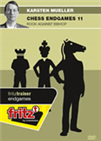 The more reduced the material, the more important it is to correctly assess the potential of your own and the enemy pieces. This is particularly true in endgames with unbalanced material. This DVD begins with a discussion of asymmetrical material balances, including
The more reduced the material, the more important it is to correctly assess the potential of your own and the enemy pieces. This is particularly true in endgames with unbalanced material. This DVD begins with a discussion of asymmetrical material balances, including
rook against bishop, rook and knight against two bishops, two rooks against rook and bishop, queen and rook against queen and bishop, rook and knight against bishop and knight, rook against two bishops.
Video running time: 8 hours 26 min.
The pawn race after 48...h2 29.a7 50.h1(Q) a8(Q), was still winning for Black, but Haria missed a chance to avoid 20 moves of grief by not opting for 48...Rg1! when 49.f5 Ra1 collects the pawn with a fairly routine endgame win. Howell instead held on by the skin of his teeth for a draw.
In the rapid tiebreak, it was one-way traffic as Howell took both games with relative ease.
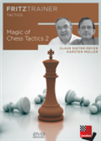 FM Claus Dieter Meyer has put under the microscope a comprehensive fund of topical and timeless games / fragments. On video Hamburg GM Dr. Karsten Müller has outlined corner points of Meyer's work and created 14 tests plus 10 interactive test sets.
FM Claus Dieter Meyer has put under the microscope a comprehensive fund of topical and timeless games / fragments. On video Hamburg GM Dr. Karsten Müller has outlined corner points of Meyer's work and created 14 tests plus 10 interactive test sets.
White would be close to equal after 26...Qb4 27.Qc3, but Howell found the strong intermezzo 26...Nd5! Now the white queen is forced to leave the defence of the b3-pawn. After 27.Qd2 Qxb3 he tried to grab the pawn back with 28.Rxc6 but that ended badly after 28...Rfb8, White is losing more material.
Play resumes on Tuesday at 11:00 UTC. The pairings for the semifinals yields:
- McShane vs Adams
- Howell vs Jones
The first named player has White in Game 1 and will have Black in Rapid Game 1 and in Blitz Games 1 and 3.
All British Knockout Championship games
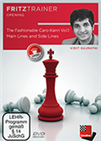 The dynamic play based on a strong strategic foundation has always fascinated me, and in these DVDs I have suggested the lines which I personally prefer and employ in practice.
The dynamic play based on a strong strategic foundation has always fascinated me, and in these DVDs I have suggested the lines which I personally prefer and employ in practice.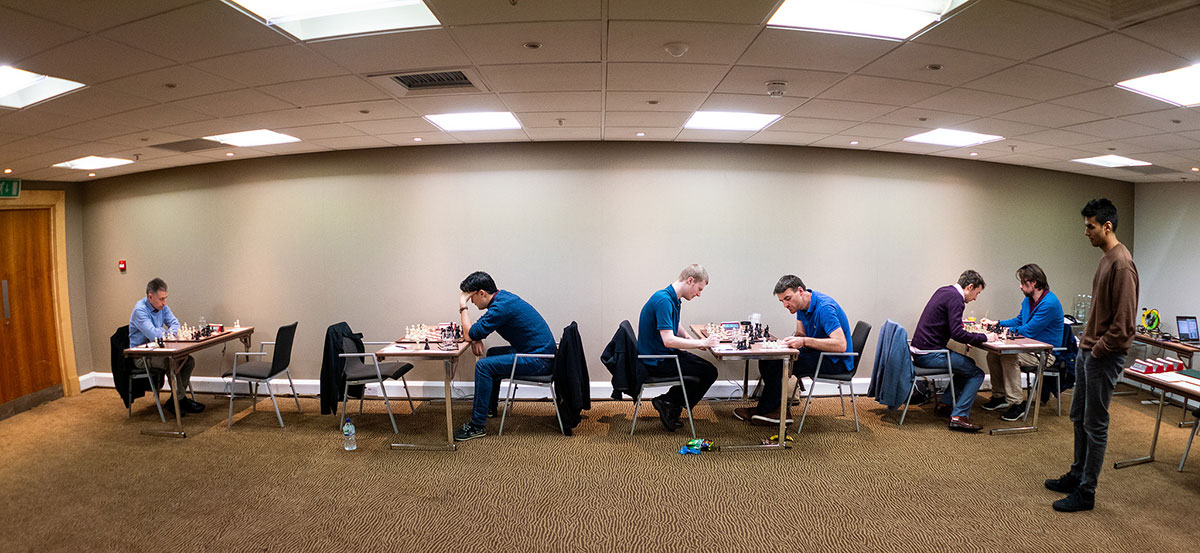
During the quarterfinal matches | Photo: Lennart Ootes
Klaus Besenthal contributed to this story
Correction: Vachier-Lagrave actually drew to play white in the first game, not black.
Links
